My time in Johannesburg and my work with GRIND ended last Thursday with a final presentation and exposition event of the Maboneng Community Cube, my GRIND residency project. I spent the days (and nights) before the presentation working with neighborhood residents putting final touches on the Cube. The Cube was “finished” with Thursday’s presentation, but is meant to be a living and changing space, and will hopefully continue to see changes even after I leave Johannesburg.
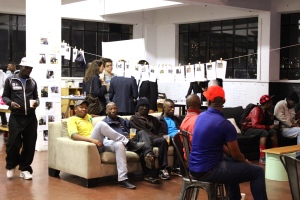
The Community Cube final presentation during my last night at GRIND.
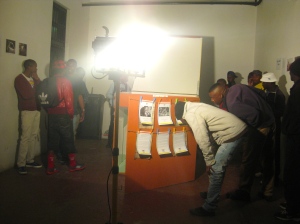
The cube event opened with a public garage opening at street level.
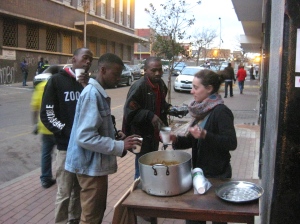
The presentation included a free public soup event with The Urban Basket and Woza Waste and a public garage activation session, as seen here.
The presentation itself was a remarkable success: around 60 people attended both the presentation at the GRIND studio and the Cube’s unveiling at a public garage below. More importantly than the number of attendees, the diversity of the presentation’s participants reflected the changing Maboneng and Jeppestown neighborhoods quite well. As I finished my presentation, I have now been reflecting on my time in Johannesburg, my work with GRIND, and the unparalleled summer experience I have had.
Finishing the Cube: Final Touches
In the final days before the Cube’s presentation, I changed a few key features and added some new Cube capacities. Working with a local designer named Chesta, we re-painted the Cube’s top. Chesta used rulers, rollers, and brushes to paint the Cube with the same logo we had designed in Photoshop. It looks phenomenal and professional. When the Cube is closed, it can be used a meeting table to discuss community issues and events; the new logo makes using that meeting table all the more attractive.
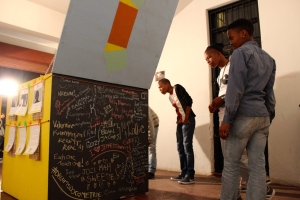
Chesta designed the cube’s logo, which is found on top of the cube.
In addition, I worked with local welders from the SA Welding School to devise an ingenious pulley-and-chain system for the Cube’s roof. The Cube’s roof and front side open, but the roof needed a way to stay up vertically so local residents can use the white board below the top. David and France led the effort to create a pulley-and-chain system to hold the roof open. They used only materials sourced in the neighborhood and we became quite good friends in the process. David, who is an immigrant from the Congo, even spoke in French as we discussed politics, immigration, and the Cube’s role in the neighborhood.
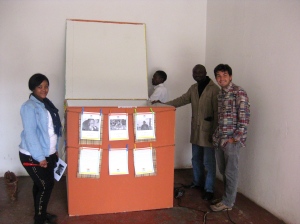
Welders David, France, and others design a chain contraption for the top of the cube.
Finally, local artist Thokozane painted a brilliant mural in the Cube’s interior during the night and wee morning hours before the Cube’s final unveiling. Thokozane is often busy painting murals, walls, and public projects throughout Johannebsurg, so I was quite lucky he was able to help me. Thokozane painted a map of the neighborhood on the Cube’s floor, but this is no normal map: on the sides of the Cube the streets turn into telephone poles and buildings, the river (now an underground culvert) turns into a street sign, and the train tracks turn into a large sign that says: “Welcome to Jeppestown.” The piece was moving because of its creativity and because of its innovative coordination of geography and common neighborhood elements. Thokozane himself is from the neighborhood and all of the Cube’s participants immediately recognized the streets in his map.
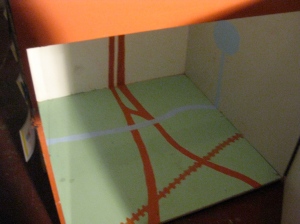
Local artist and resident Thokozane designed the cube’s interior and drew it during the wee morning hours before the cube presentation.
For the final presentation, the Cube sat in a public garage, on street level, at the base of the GRIND building. All around the Cube, on the walls of the garage, I posted color photos of the Cube’s design process and of actors who helped make the Cube a reality. The entire space looked and felt like a living museum.
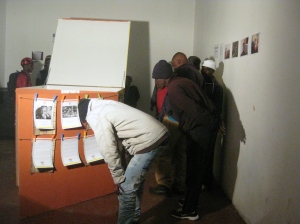
Residents look at the community cube in the GRIND public garage.
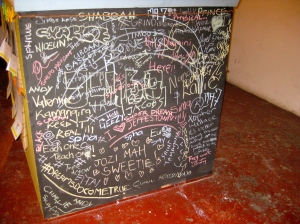
Event attendees write messages on the cube’s chalkboard.
Presenting the Cube
Finally, the big night was here! The entire GRIND office spent much of the afternoon preparing logistics for the presentation. Chloe and Mantsane, two of my friends, cooked a delicious soup for hundreds of people. The goal was as follows: create a free public soup event on the street in front of the garage space to draw locals into the garage and (hopefully) into the presentation. I had coordinated with Alice and the Urban Basket to make sure that the presentation itself also had free food and wine. Sure enough, with the big soup pots and signs saying free soup, people lined up from around the neighborhood to eat. And a large, large number were excited about the Cube exhibit. Others stayed for the entire presentation and drinks. As I stood up to give my presentation, I saw new friends, old friends, local residents, and visitors from around the globe looking back at me.
My friends Jabu and Physical, who are filmmakers in Jeppestown, came in full force. They were 30 minutes early and brought a group of 12 enthusiastic friends. Jabu also helped film the event. Jabu and Physical will be coordinating the “Friends of the Community Cube” effort now that I am leaving South Africa, and their enthusiasm at the event was exciting, to say the least.
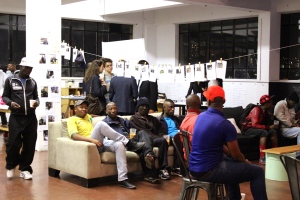
My presentation about to begin at the GRIND Johannesburg studio.
I was also enthralled to see no fewer than 10 welders from the South African welding school at the presentation. They hooted and hollered in the back, and joked with Edet, the local baker. I also saw young people from Curiocity, like my friends Tshepo and K, who worked hard on the Cube’s exterior. I saw a dozen Maboneng and Propertuity employees, GRIND residents, and even contacts like Cuba, who works at Architects of Justice in the Newton neighborhood. My heart jumped when I saw Mariska April, the Stanford in Cape Town coordinator, walk into the room with three friends. The Sciences Po Maboneng Exchange Team also attended in full force, bringing an international perspective to the event. And half way through, Bheki and his friend Cintle walked in, which drew a tremendous smile to my face; I could not have had half of the success I did in Johannesburg without Bheki’s support. All in all, I was dumfounded and in awe to see the outpouring of support for the Cube and for my presentation.
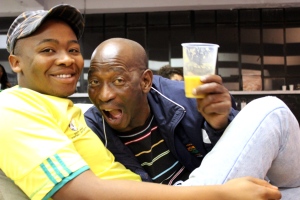
Welders from the SA Welding school at the presentation.
After the event itself, I spoke with dozens of young people about how they could plug into the Cube effort. I heard ideas about putting videos and lights on the Cube, and David from the welding school talked of a solar-powered battery. Physical mentioned a fashion exhibition. And Edet asked if he could have and frame a copy of his interview on the Cube. The most amazing comment, though, came from Bheki: “I’ve never seen such a cross-section of people at an event, Stefan. Wow. Talk about a diverse group of people enjoying themselves and coming together.” I held back tears of joy. I had trouble imagining that I could soon be leaving Johannesburg.
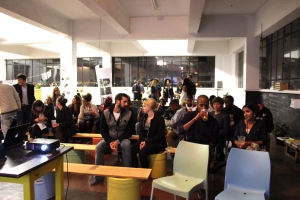
Presentation event participants sit and listen as I begin my presentation on the community cube.
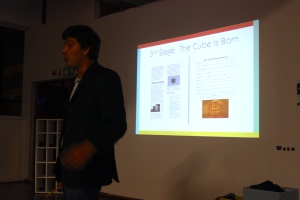
Me during my presentation on the cube.
A Final Night in Johannesburg
With an upcoming trip to Bloemfontein scheduled for the next day and my GRIND presentation finished, Alice had scheduled a goodbye party at a neighborhood bar, the Zebra Inn. We closed up the office, leaving the Cube on the public street for lingering locals, and went to the Zebra. It was filled with around 40 friends, co-workers, and neighborhood residents. Some of my friends, who were a bit too busy to attend my presentation or perhaps unsure about going, found no problem attending the after party. Never since my Bar Mitzvah years ago have I had such a large celebratory event organized in my honor. I could not contain my joy and excitement as I thanked and hugged friend after friend after friend. We danced away the last night in Johannesburg, and I felt contented.
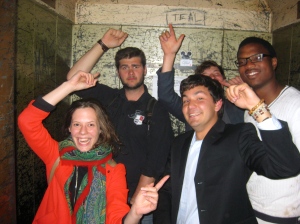
My final night in Johannesburg was a joyous one filled with friendship.
Reflection
Johannesburg was not an easy place to live. The Maboneng and Jeppestown neighborhoods were not simple places. As I was leaving the neighborhood, my friend Mantsane asked me: “So how was it? Did you have fun this summer?” I wanted to explain to Mantsane the roller coaster of emotions, the love, the pain, the inequality, the hussle, that I felt these last few months. But I had somewhere to be, as always seems to be the case in Johannesburg. So I said: “One word about this neighborhood: energy. And it can be harnessed to create so much beauty.”
I can tell you what my summer was not. It was not easy. It was not relaxing. It was not “chill.” It was a wild ride of beauty, of pain, of love, of crime, of friendship. I have so much respect for local residents in this neighborhood, and I was honored that they took my in for the last three months. I return to the United States a much, much wiser man. I have much more respect for community development work and I know what it takes, and how both beautiful and exhausting it can be, to live in a low-income urban neighborhood. I know I’ll be back to Johannesburg in general and to Maboneng specifically. There are too many friends with whom I must reconnect. There are too many stories unresolved. Will Bheki open up a new backpacker hostel? Will Mantsane from the Urban Basket follow her dream and open up a produce grocery cooperative? More importantly, will the camaraderie and friendship still be there when I return? Will Alice be thriving as an urban consultant? I need the answers to these questions. And, more importantly, I want to see my friends again. So I will, without question, be back.
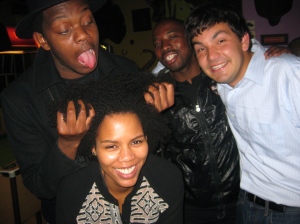
My final night in Johannesburg was a joyous one filled with friendship.
This summer would not have been as amazing as it was without the friendship, kindness, and support from local residents. Thank you for welcoming me into the neighborhood!
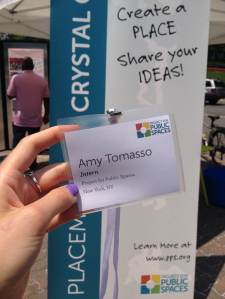
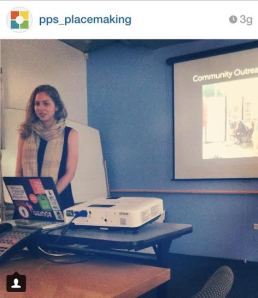
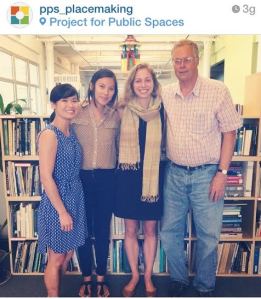














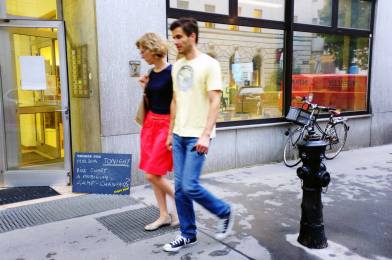
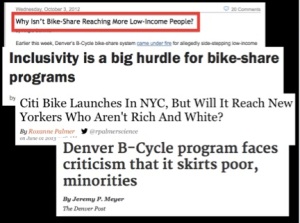
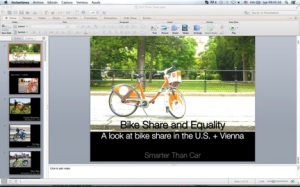
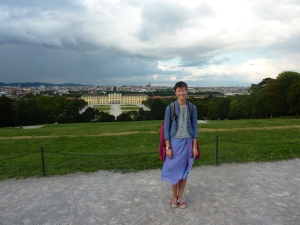
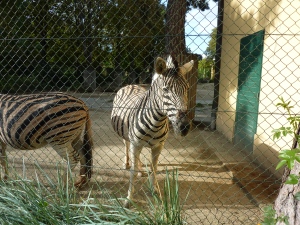
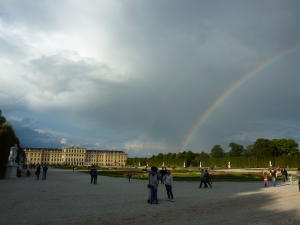
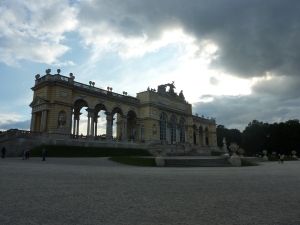
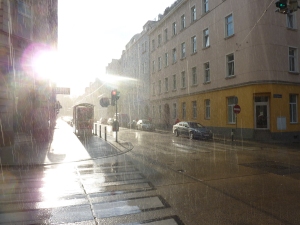

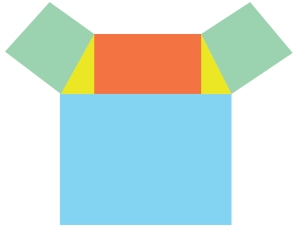
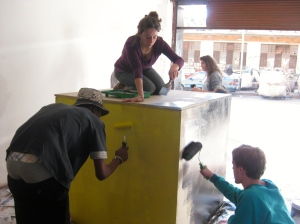
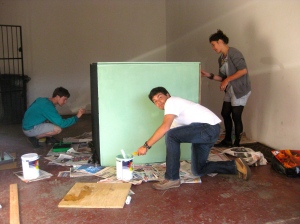
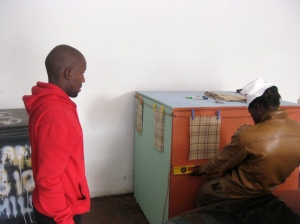
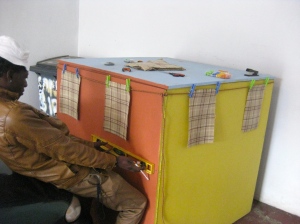
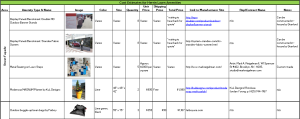
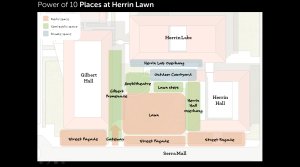
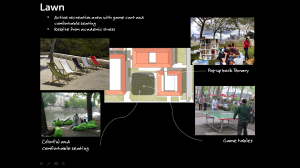
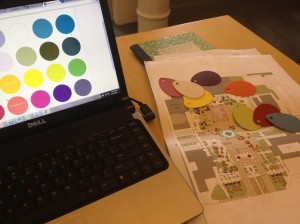
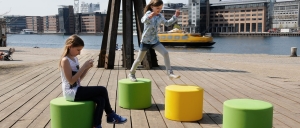
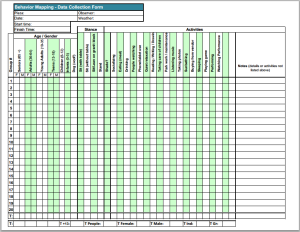
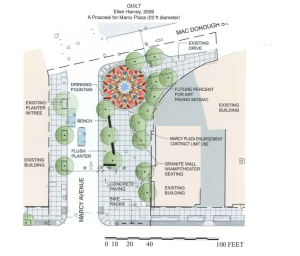


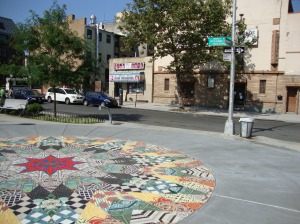
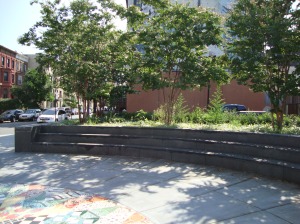
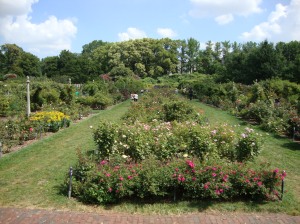
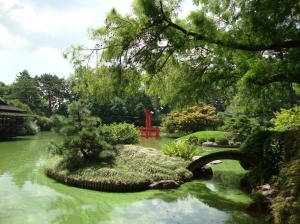

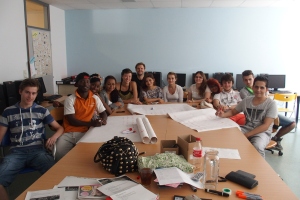
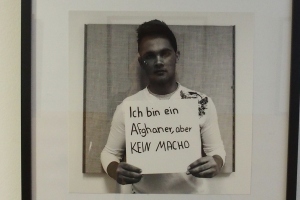
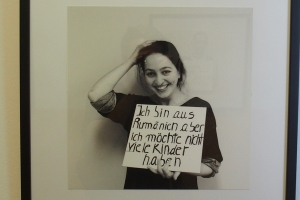
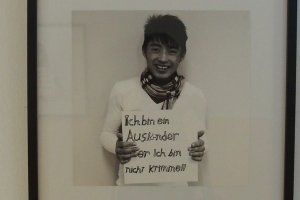

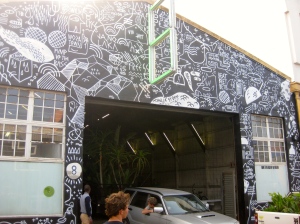
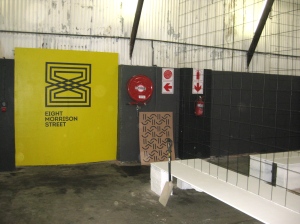
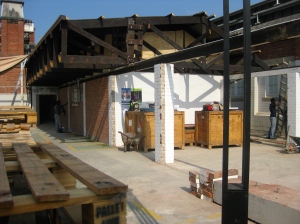
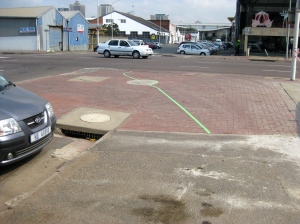
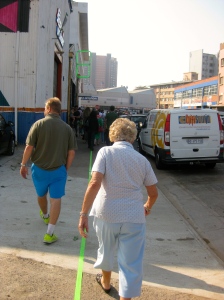
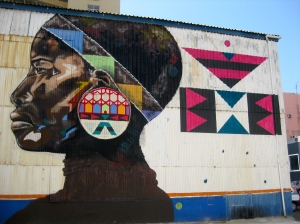
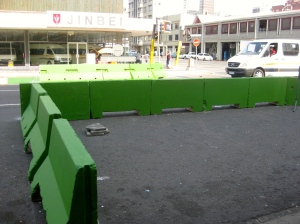
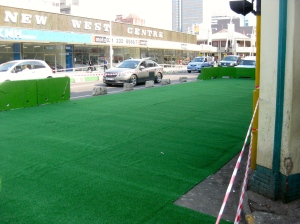
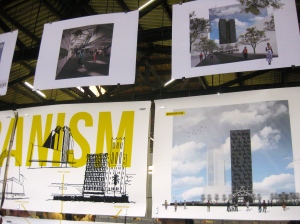
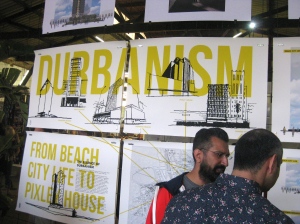
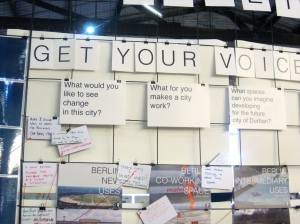
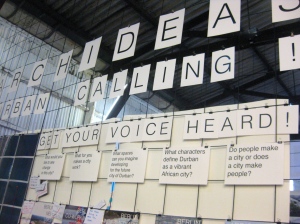
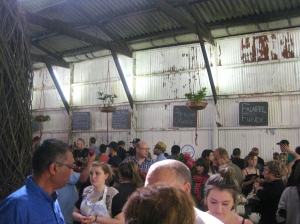
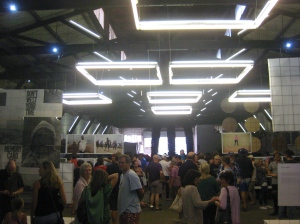
Recent Comments